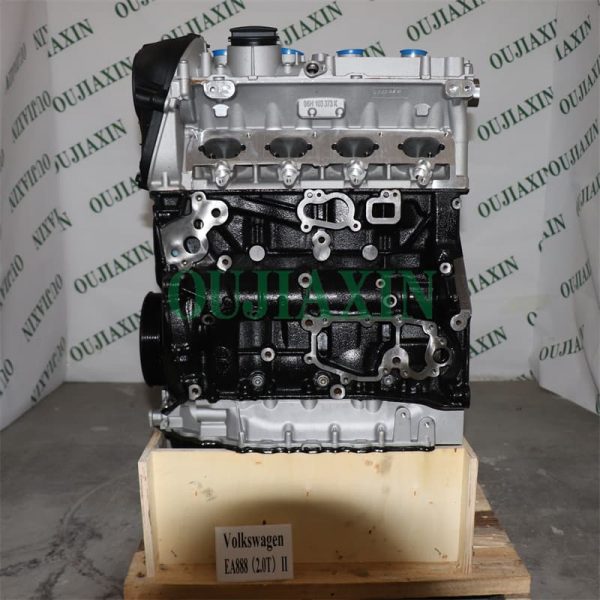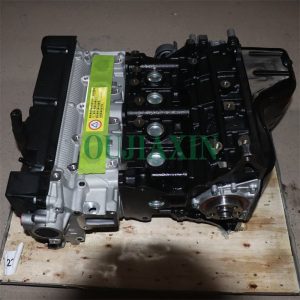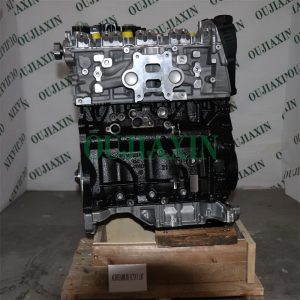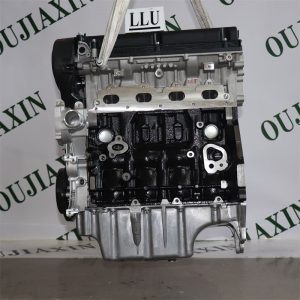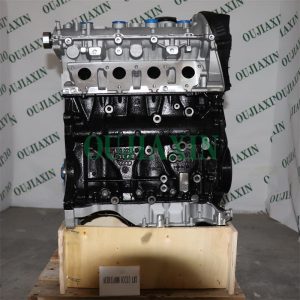Description
The EA888 engine is the family of three- and four-cylinder engines currently used by the Volkswagen Group. The EA888 series are units designed by the company VAG and are an evolution of the earlier EA827/113 units. It incorporates some of the latest engine technologies such as direct fuel injection, sintered camshaft lobes, thin-walled engine blocks, variable valve timing and lift for intake and exhaust valves, downstream oxygen sensors, exhaust manifolds integrated into the cylinder heads, exhaust gas recirculation and cooling, distributor coil ignition, lightweight engine internals, spool valve thermostats (on some models) and increased port fuel injection to help reduce load fuel consumption and cold start emissions. Port fuel injection also helps reduce potential carbon deposits that can occur in direct injection engines. As of 2016, the “Dual Injection” system is not available in the North American market. Still, VAG made a number of improvements to its engine design, such as positive crankcase ventilation, repositioning the injectors, etc., to reduce the likelihood of carbon buildup on the intake valves. Currently, the EA888 engine is available in two sizes, 1.8T and 2.0T. Engine outputs range from 111 kW (151 PS; 149 bhp) to over 231 kW (314 PS; 310 bhp). Based on the Volkswagen Golf R concept car, called the R400, it produced 395 horsepower from 2 liters of displacement. Furthermore, thanks to the haldex 4-wheel drive system coupled with a 6-speed or 7-speed DSG gearbox, the R400 is capable of accelerating from 0 to 100 km/h in just 3.8 seconds.
The two displacements of the EA888 engine have different powers. The maximum power of 1.8TSI is 118kw (160PS)—5000-6200rpm, and the maximum torque is 250Nm—1500-4500rpm; the maximum power of 2.0TSI can reach 147kw (200PS)—5100-6000rpm, and the maximum torque is 280Nm—1700-5000rpm.
The lengths of the crankshaft and the connecting rod of the piston of the engines of the two displacements are different. The connecting rod of the 2.0TSI is relatively short, and the radius of the crankshaft is also larger, the purpose is to increase the displacement. The structure of the piston top of the two is also different, the purpose is to adjust the working volume of the combustion chamber to achieve the same combustion effect.

